Get your ebook: the Language Learning Playbook
10 ready-to-use interactive Wooclap activities to make every student speak, listen, and engage.
Collaborative Classroom: definition, advantages and implementation
Teaching has always been a cooperative effort and a shared experience between students and trainers. The classroom is a space where ideas are exchanged, concepts are debated, and learning is achieved. Over the years, teaching methods and practices have evolved, and with the advent of technology, the educational landscape has undergone a significant transformation. In this article, we will discuss collaborative teaching, one of the most effective methods in the digital age, thanks to its interactive, fun and engaging nature.

Collaborative Classroom: the definition
Collaborative classroom: what’s the meaning of this term? Also known as collaborative teaching, collaborative classrooms refer to a teaching method that emphasizes cooperation between trainers and students. It is an interactive and participatory approach that promotes teamwork and combines the strengths of teachers and learners to yield better results. Collaborative classrooms involve co-planning, co-teaching, and co-assessing with the aim of enhancing learning outcomes. Want to know more? Read the following article to discover all the criteria of a well-designed learning environment.
This method can be used in both online and face-to-face classes. In online classes, platforms such as Wooclap facilitate interaction and enable learners to work as a group with their peers and teachers. In face-to-face classes, a collaborative classroom involves more participation and group work, where participants complete tasks together designed by teachers.

The Importance and Usefulness of a Collaborative Classroom in education
The effectiveness of a collaborative classroom lies in its ability to engage an audience in their learning process. When students work as a group, they can bring up ideas, discuss concepts, and learn from each other. This approach creates an active and dynamic learning environment that fosters creativity and innovation.
Enhancing Learning Outcomes
Collaborative teaching has been shown to enhance learning outcomes significantly. When collaborating, people can pool their knowledge, which leads to a better understanding of the material. Intuitive teaching also helps to develop critical thinking skills as students are exposed to different perspectives and opinions.
Engaging Students
A collaborative classroom creates an engaging and active learning environment. People are more likely to be motivated and interested in the subject matter. This approach allows students to take ownership of their learning and improve in a supportive and engaging context.
Fostering Creativity and Innovation
Simple teaching stimulates creativity and innovation by encouraging students to explore different ideas and approaches. When working in groups (whether big or small), people are exposed to diverse perspectives and can apply these ideas to their task or project. Remote classes also help to develop problem-solving skills, which are essential for success in the workplace and in any professional context.
Building Communication Skills
Live classes promote communication and teamwork skills. In cooperative classes, students are encouraged to express their ideas and points of view, actively listen to others, and cooperate to achieve a common goal. These competences are invaluable in the workplace and in everyday life.
Case study: Duke University
If you are wondering how Wooclap can help you promote group work during a lesson, discover this Duke University case study. Chris Lorch, Lead for Learning Technologies Pilots and Integrations at Duke University, explains how they have been using Wooclap's "label an image" feature to engage their students.
For further information, read our article on student engagement strategies.

What's the role of trainers in collaborative classrooms?
A teacher takes care of all the logistic aspects: deciding on the size of groups, choosing a method for assigning students to groups, assigning roles to each group member, arranging the room, etc.
Trainers also promote cooperation among students, encourage them to actively participate and make sure they have all the materials they need to complete the assignment.

Technology can do wonders
This revolutionary approach to education offers several benefits for both educators and students. It allows trainers to collaborate with their peers, pool knowledge and develop new teaching methods.
It also allows students (in school, in university or in a professional context) to engage in interactive and participatory learning activities that encourage critical thinking, as well as the development of communication and social skills. This platform saves time, reduces workload and allows anyone to deliver effective training sessions that engage each individual and foster a participatory approach to education.
Thanks to many innovative platforms, it is now possible to create tailored teaching and learning experiences. These technologies can meet any kind of needs and help both teachers and students make progress in an easier and more fun way.

Wooclap helps you build a Collaborative Classroom
Wooclap is a powerful tool that can facilitate collaborative classrooms and group work in several ways. This platform offers a range of interactive and participatory activities that help trainers create a simple teaching environment in their classroom. Some of the key features of Wooclap that can (and will!) facilitate collaboration and group work include:
Wall of messages
The wall of messages is a feature that allows trainers and students to write comments, share their point of view and feedback with the whole class during a session. This is an effective way to encourage collaboration and create a sense of community in the classroom.

Brainstorming
With the brainstorming tool, the teacher can facilitate group discussions, brainstorming sessions and foster a more participatory teaching environment. Everyone in the class can share their ideas on a specific topic and the educator can use these ideas as a starting point for further discussion.

Word cloud
Wooclap's word cloud is an excellent tool for active teaching. This feature allows trainers to build word clouds based on student responses, making it easy to develop new ideas or get a quick overview of a specific topic.

Quick questions
The trainers can make quick inquiries on the fly during a session. This enables them to ask spontaneous questions and quickly insert them into their presentations. As a result, this can be useful for checking students' understanding, clarifying concepts, or encouraging participation for a fast teaching session.

Label an image
Define areas on an image and ask your audience to find them, whether it is a diagram or a picture they need to analyze. This feature can be used to provide visual aids, enhance learning, or stimulate student interest.

Concordance-based questions
Compare your learners' reflections with those of experts in the field, put learners in a professional situation or ask them to make micro-decisions about scenarios that are common in practice. This feature can be used by any teacher to test comprehension, encourage critical thinking, or provide context for a topic for a more interactive experience

Start your collaborative teaching now!
Collaborative teaching is a revolutionary approach to education that offers several benefits for both educators and students. This approach allows educators to collaborate with their peers, share knowledge and develop new teaching methods. It also allows students to engage in interactive and participatory learning activities that encourage critical thinking, communication and social skills. This platform saves time, reduces workload and allows educators to deliver effective teaching sessions that engage students and foster a participatory approach to education.